GitBook vs Confluence
Learn more about your options and pick the best tool for your team.
Not sure if you should choose GitBook or Confluence? You've come to the right place.
If you are evaluating technical documentation and knowledge base platforms and found GitBook and Atlassian Confluence on your shortlist, you are not alone. On the surface, these two tools share many similarities and both are trusted by thousands of customers.
But what's the difference between them? And how can you decide which tool would be a better fit for your business? In this article, we will take a closer look at both GitBook and Confluence and examine their strengths and weaknesses to help you make the right decision for your company.
GitBook and Confluence compared
Confluence has been on the market for almost 20 years and boasts over 60,000 customers worldwide. By comparison, GitBook is still a relative newcomer, but it's growing in popularity.
Both GitBook and Confluence are designed to help companies organize and share knowledge. Both tools are also primarily built with software development teams in mind and offer a number of specialized features aimed at developers. But despite the many similarities they share, Confluence and GitBook also have several notable differences.
Ultimately, it will all come down to your unique needs, preferences, and workflow, as there is no one-size-fits-all solution when it comes to documentation and productivity software. And if you're having trouble choosing between GitBook and Confluence, keep in mind that they aren't your only options. There are many other excellent tools that may turn out to be an even better fit for your needs.
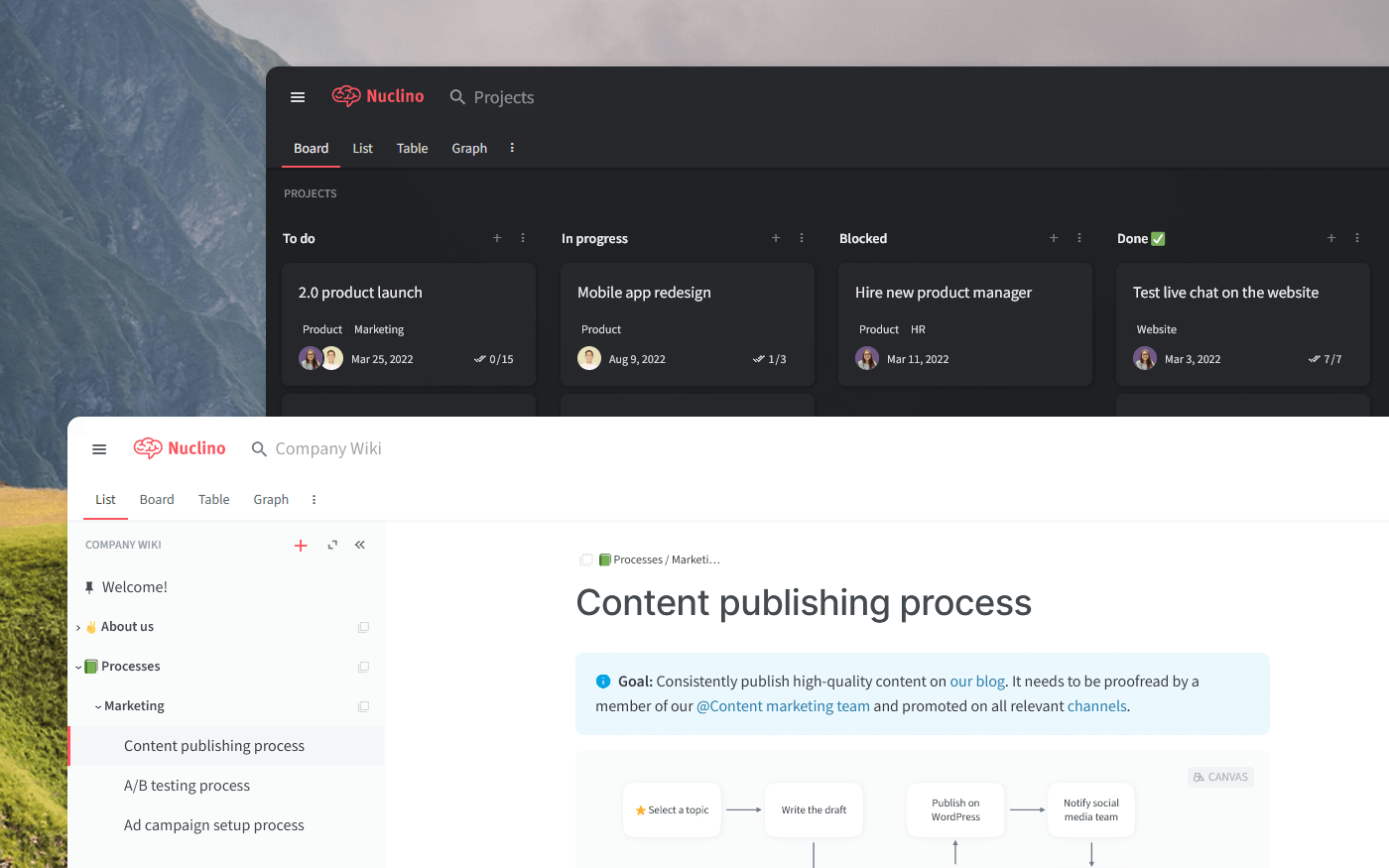
To make the most informed decision, let's first dive deeper into what Confluence and GitBook have to offer, taking into account their strengths, limitations, notable features, pricing, and user reviews. We will also have a look at other alternatives you may want to consider.
GitBook
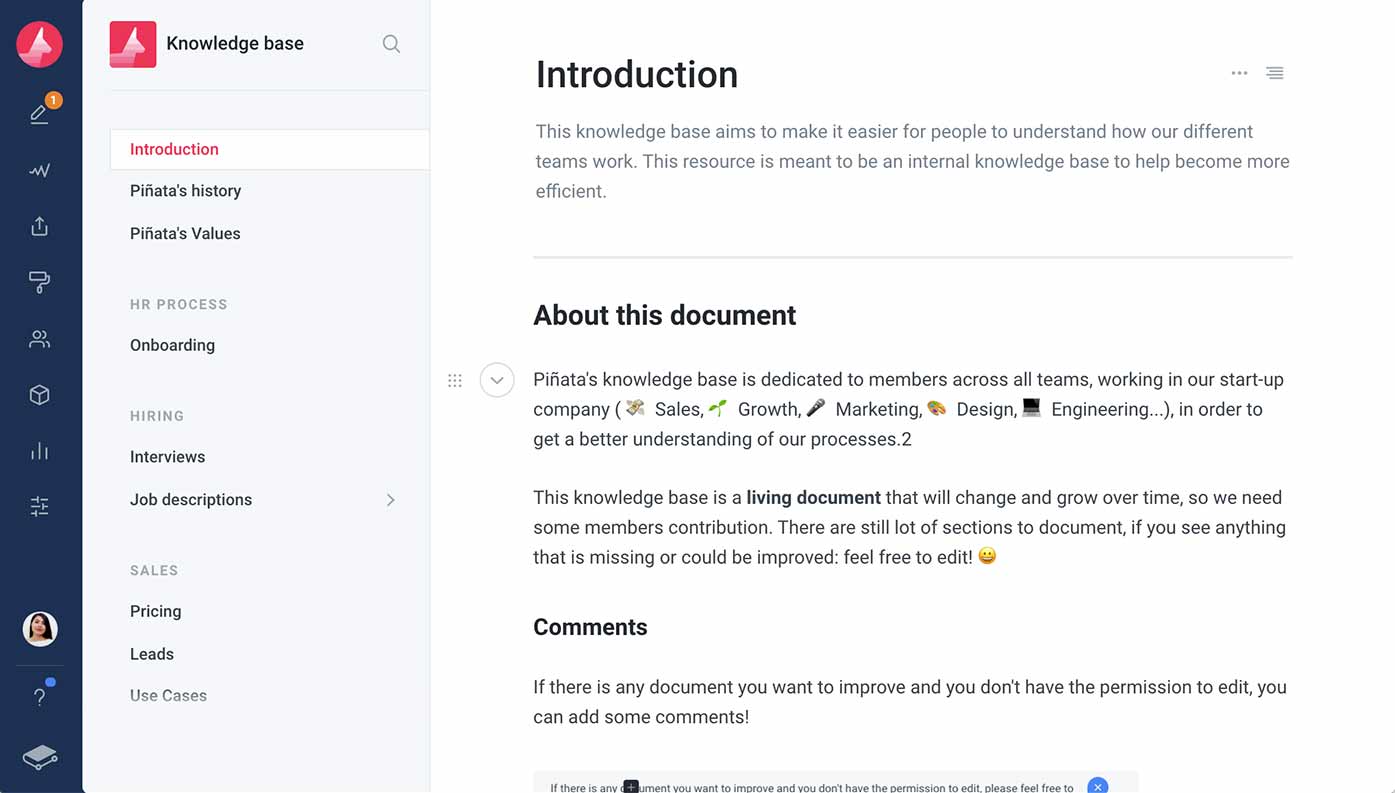
Pricing: Free, advanced features starting from $6.70/user/month
Rating on Capterra: 4.5/5
When GitBook was first launched in 2014, it originally positioned itself as an open-source book publishing platform. Today, the tool shifted its focus towards being a documentation tool and a knowledge management system.
One of GitBook's most notable aspects lies in how strongly it's geared towards helping software developers manage their technical docs. While Confluence also started out as a software documentation tool, over the years it was optimized to target a much broader audience. GitBook, on the other hand, is fully built around the workflow of developers. It offers many unique features, including branched version control with change requests, integrations with tools like GitHub and GitLab, and more.
Why you might prefer GitBook over Confluence:
GitBook is fully optimized for the use case of managing technical documentation.
GitBook has a smaller and simpler feature set, making it easier to get started with the platform.
Some users find the interface of GitBook to be more modern and easy to navigate.
GitBook offers advanced features for publishing your docs online, including custom domains and full branding.
What users say about GitBook:
"GitBook makes it super easy to spin up a tech doc site for any coding project whilst making the end result look really good. I really like being able to write the docs in markdown and host the docs on GitHub. GitBook also allows you to easily link a custom domain which is a huge bonus."
Looking for more tools similar to GitBook? Check out this list of GitBook alternatives.
Confluence
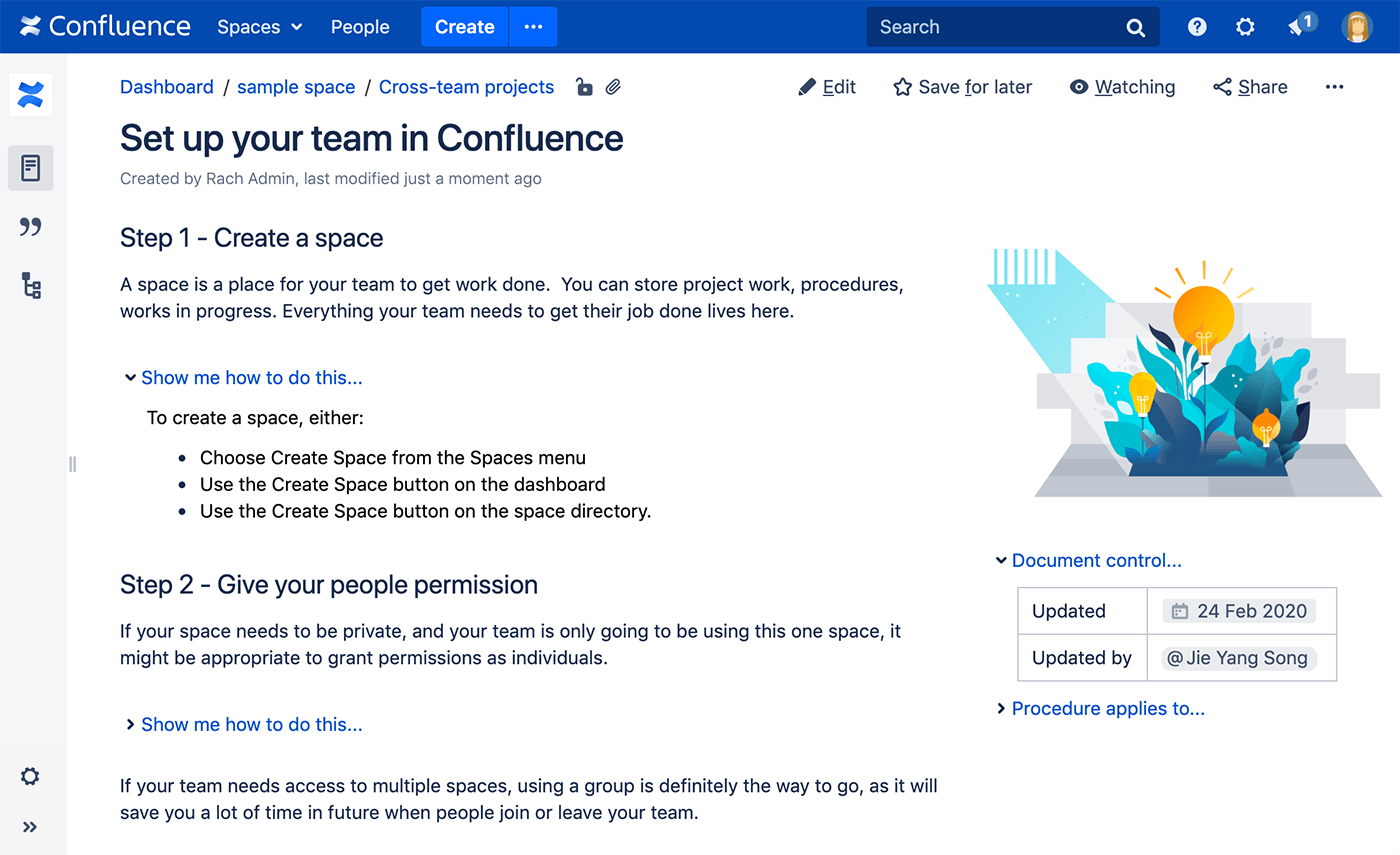
Pricing: Free, advanced features starting from $5.50/user/month
Rating on Capterra: 4.4/5
For many years, Confluence has been considered the gold standard for documentation and wiki software. While GitBook is primarily designed for smaller teams, Confluence is an exceptionally powerful and versatile tool that is well-suited for larger organizations.
Confluence can be used as a technical documentation tool, but it's a fairly flexible platform that supports many additional use cases, including project documentation, collaborative note-taking, technical docs, and more.
A core strength of Confluence is that it's tightly integrated into the Atlassian ecosystem. If your team already uses other Atlassian products, such as Jira or BitBucket, then Confluence may be a good fit for you.
Why you might prefer Confluence over GitBook:
Confluence seamlessly connects with Jira, BitBucket, and other Atlassian products.
Confluence can be used not only to manage knowledge but also to collaborate on docs and notes.
Confluence offers a wider selection of third-party integrations and plugins.
The pricing of Confluence is more affordable, especially for large teams.
Read our detailed review of Confluence to learn more.
Looking for more tools similar to Confluence? Check out this list of Confluence alternatives.
What users say about Confluence:
"Confluence is the industry standard for technical knowledge management. It has been used extensively by engineering teams for many years as a repository for information on projects and it is obviously built with engineers in mind. There are a ton of features and functionalities, but it could benefit from better UX for non-technical users."
Other alternatives
It should be mentioned that your options are not limited to just GitBook and Confluence. There are many other great documentation tools that can serve you just as well — or even better. For example, if you like the simplicity of GitBook but need a more collaborative and versatile tool similar to Confluence, consider Nuclino.
Like GitBook, Nuclino is lightweight and minimal by design. It focuses on the essentials, doing away with clunky menus and rarely-used options, and minimizing the learning curve for new users. Nuclino works straight out of the box and can be quickly and easily set up even by a non-technical user.
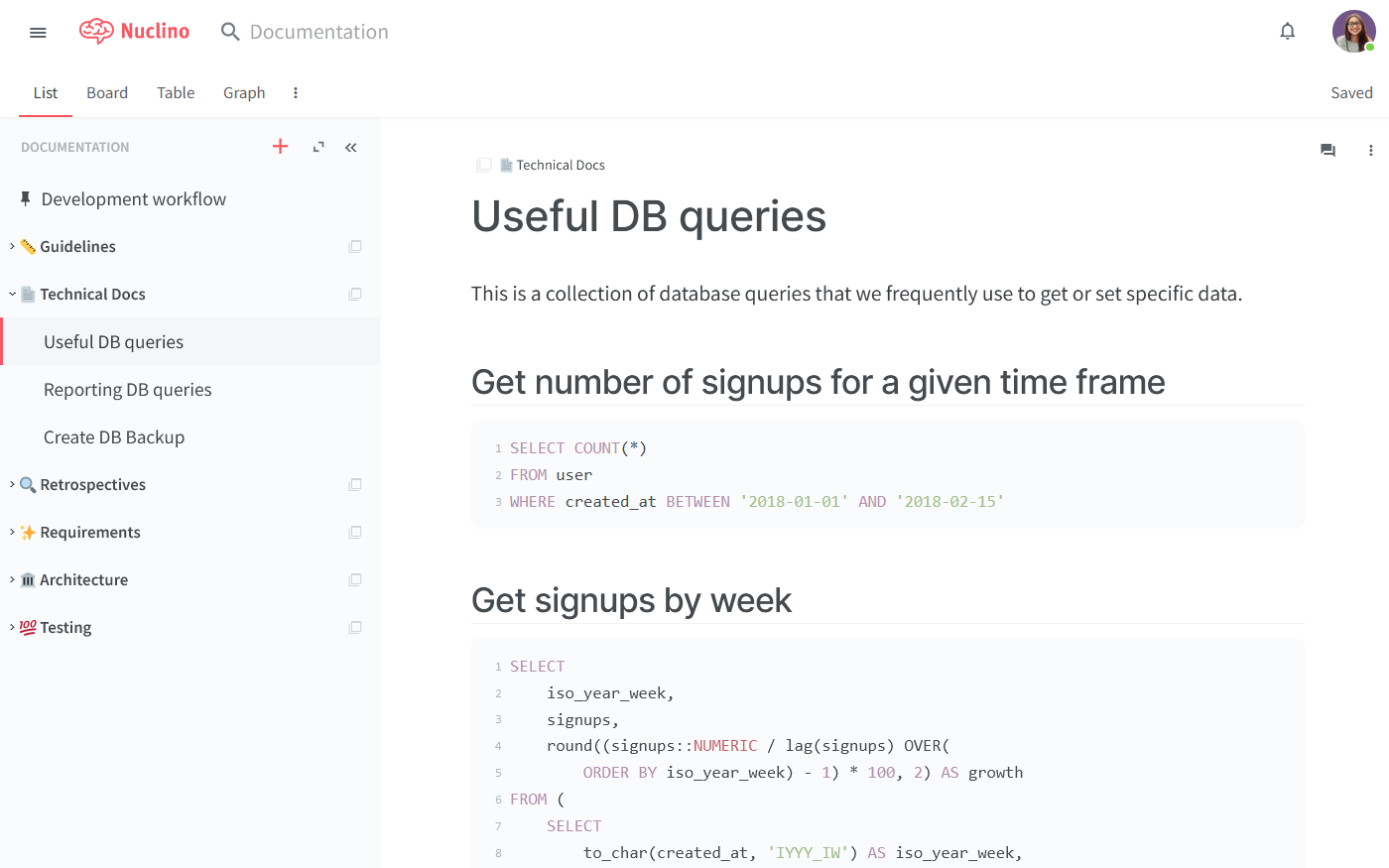
At the same time, like Confluence, Nuclino is more than just a technical documentation tool. It's a unified workspace that works like a collective brain, allowing you to bring all your knowledge, docs, and projects together in one place.
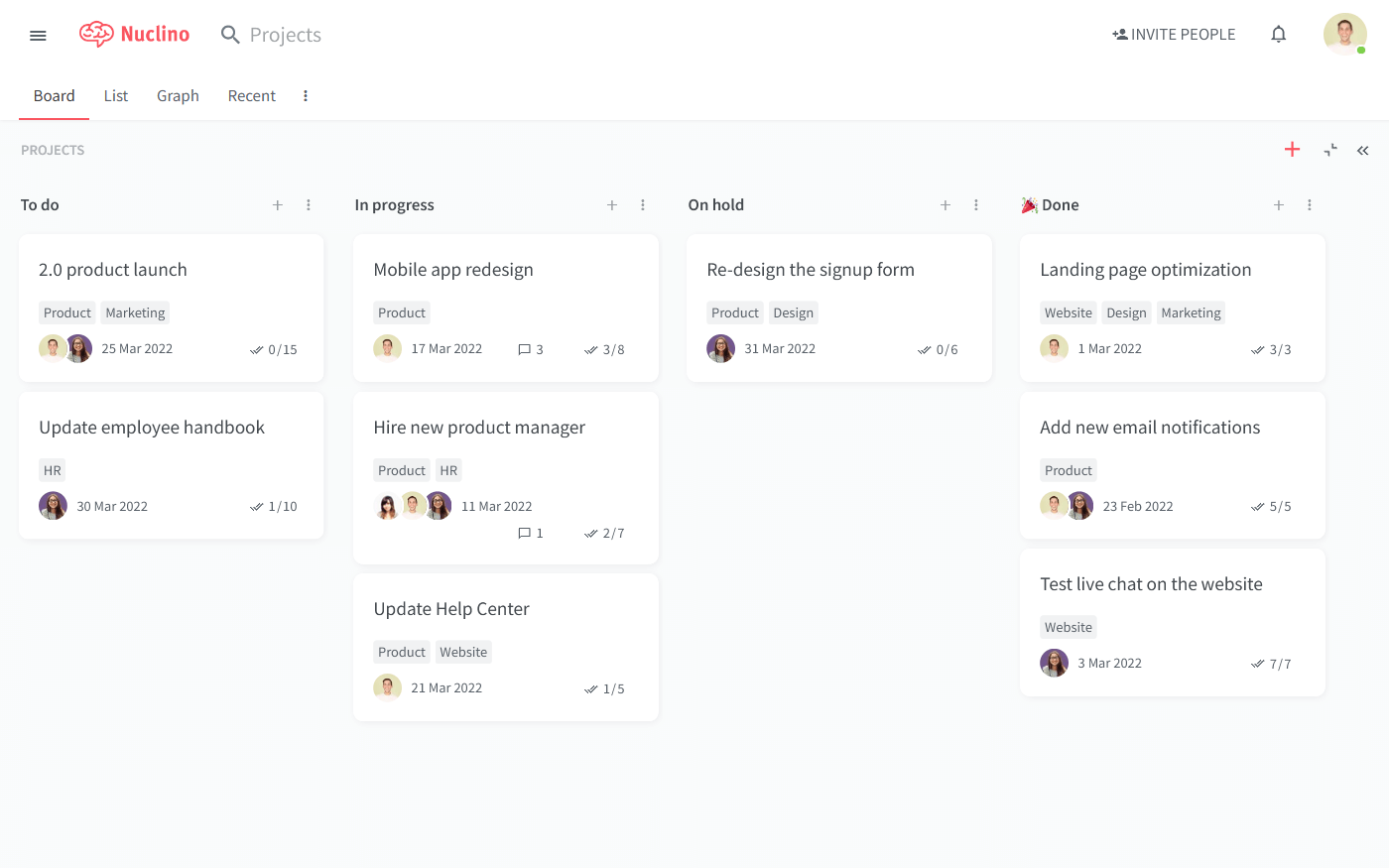
You can create real-time collaborative documents for every topic and project and organize them visually. Need a structured overview of all your docs? Prefer to work on your projects using a Kanban board? Want to easily sort and filter long lists of docs and tasks? Need to see how your docs and tasks relate to each other in a mind map? The list, board, table, and graph views help you keep your work structured in a way that best fits your unique workflow.
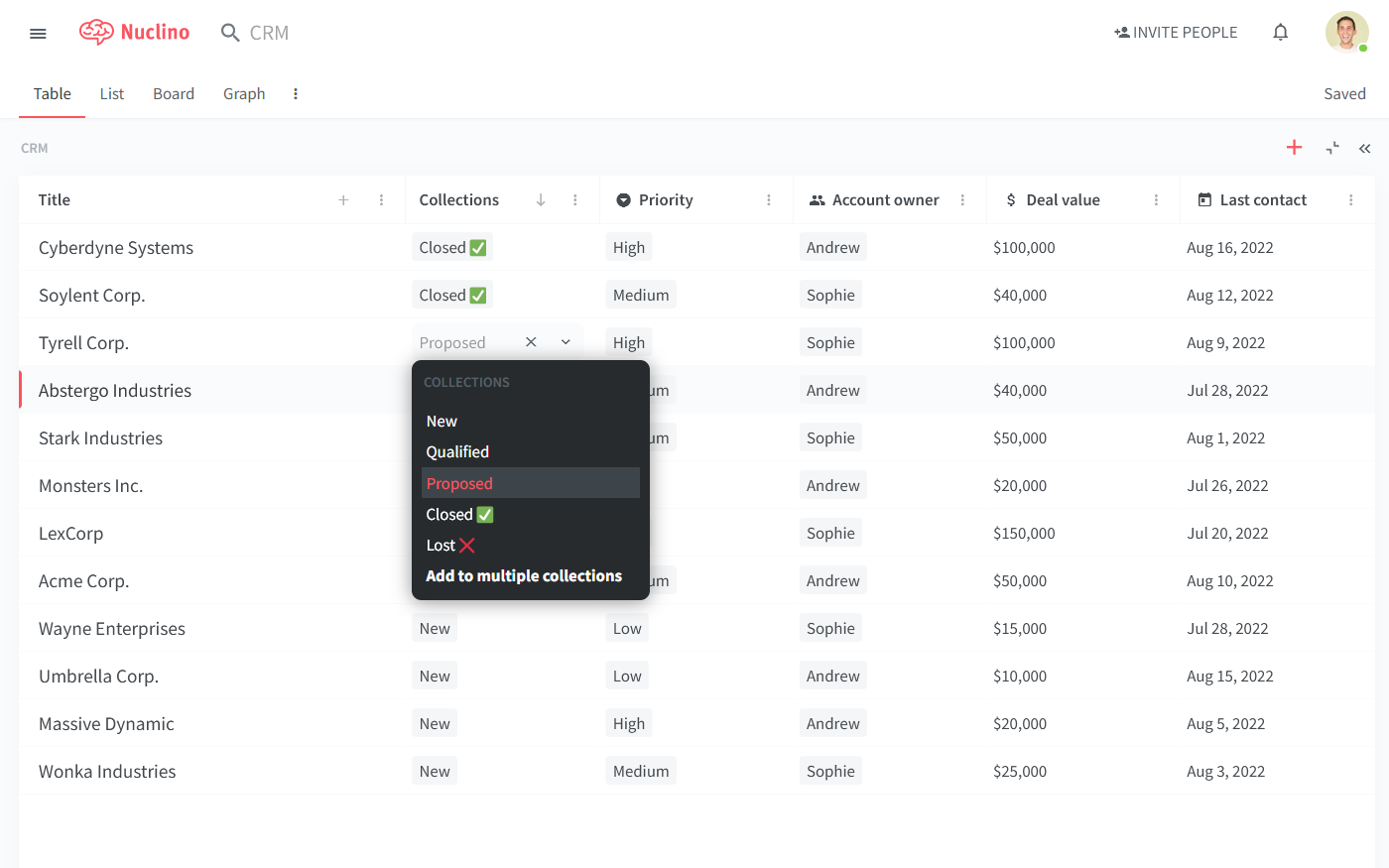
All content in Nuclino can be collaboratively edited by multiple team members in real time without version conflicts. Every change is automatically preserved in the version history and previous versions can be easily restored if needed. In case you are looking to build a more static knowledge base, you can also assign the read-only or comment-only roles to your users, preventing unwanted or accidental edits.
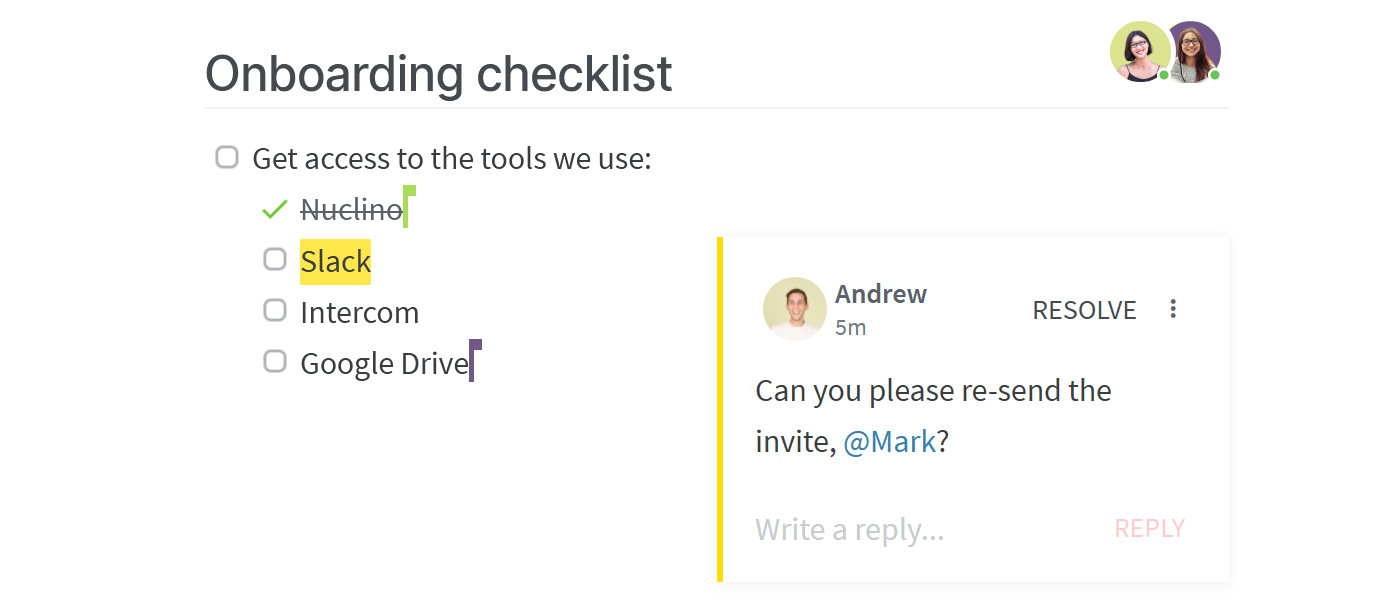
You can also turn any Nuclino workspace into a public website, accessible to anyone on the web and discoverable via search engines. It's perfect for help centers, user documentation, changelogs, and much more.
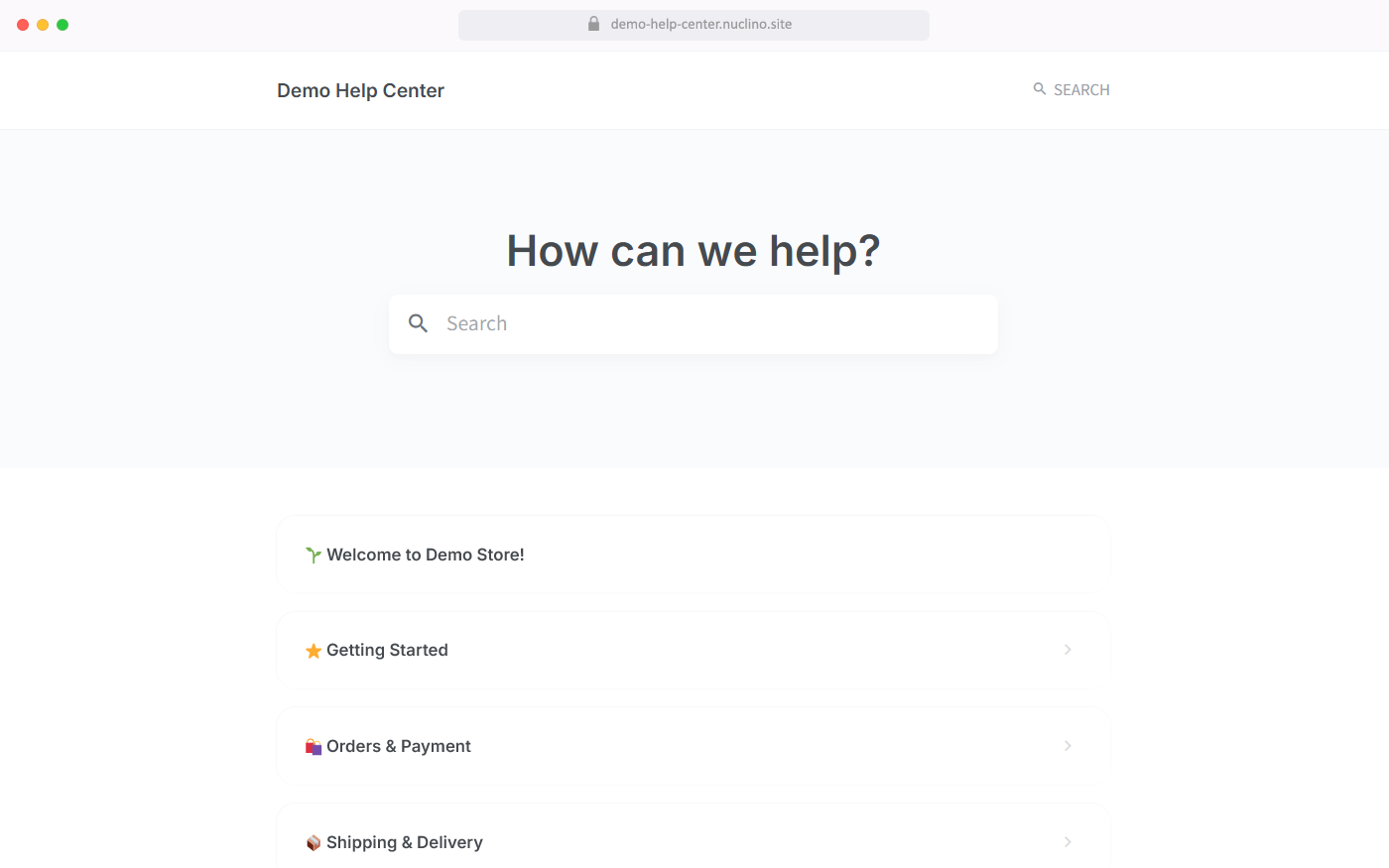
If you're a fan of GitBook AI, you will also appreciate Sidekick, the AI-powered assistant built into Nuclino. Sidekick can help you find information, generate ideas, create first drafts, summarize long documents, and more.
Nuclino also offers built-in visual collaboration and allows you to add an infinite collaborative canvas to any document. You can use it to create diagrams and flowcharts, run visual retrospectives, brainstorm ideas using sticky notes, and much more.
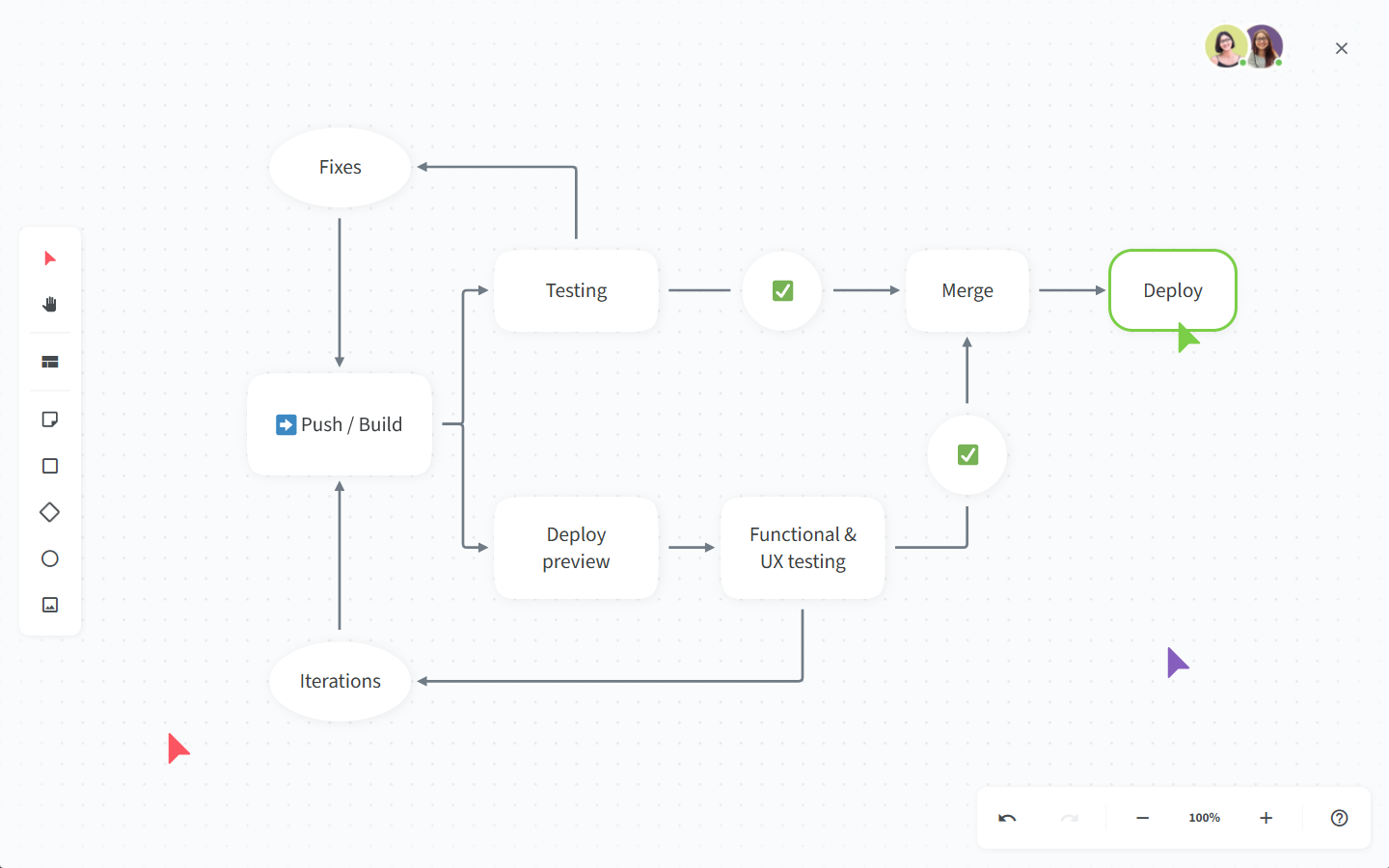
Performance is another notable strength of Nuclino. Every interaction, from search to editing, is optimized for speed — no loading spinners or unnecessary waiting. Markdown commands and hotkeys help you quickly format content without taking your hands off the keyboard. The search is just as fast, allowing you to quickly retrieve the information you need.
Learn more about how Nuclino compares to Confluence Nuclino vs Confluence.
GitBook vs Confluence: So which is better?
Confluence and GitBook are popular for different reasons and there is no definitive winner when you compare them. The best choice depends solely on your team's specific requirements. Smaller software development teams may appreciate GitBook for its focus on technical documentation and developer-friendly design. And larger organizations may prefer Confluence because of its powerful feature set, versatility, and extensive set of integrations.
On the other hand, if you are looking for something more intuitive, lightweight, and fast, consider exploring other alternatives, such as Nuclino.
We hope this article has made your decision a little easier. But at the end of the day, the only way to be sure you are making the right choice is to thoroughly evaluate each tool together with your team.
Ready to get started?
